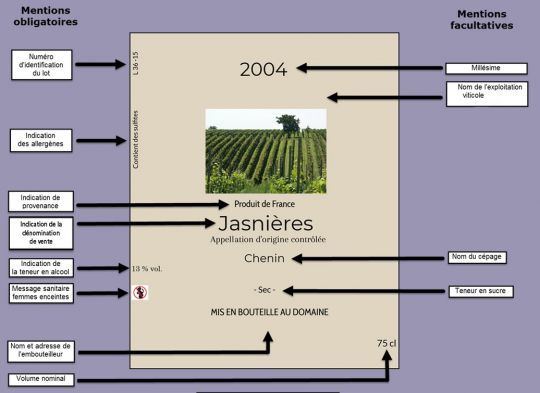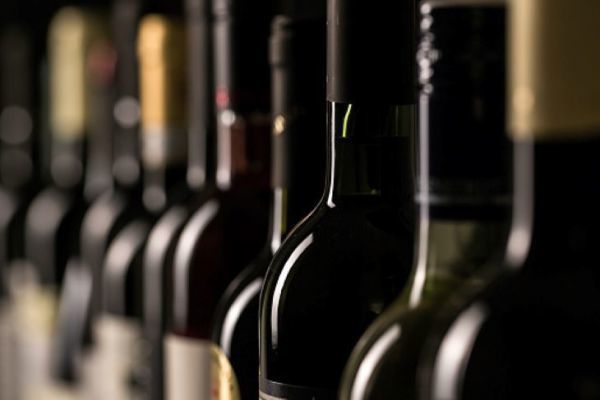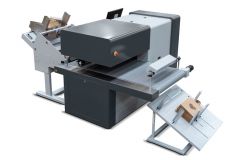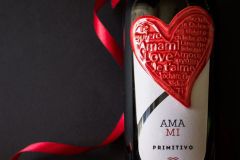Until now, wine has escaped the INCO regulation concerning the information to be given to consumers on foodstuffs. On December 8, 2023, wine labeling will have to comply with the regulation and display the list of ingredients and the nutritional declaration of the precious liquid contained in bottles, bag-in-box and even in bulk. All wines sold on the European market are affected by this new labeling rule. Small producers, cooperatives, traders, wine groups will have two years to comply with the standards and sell the stock already bottled and labeled.
Already nine mandatory mentions on wine labels
Wine labels currently include nine mandatory mentions (eleven for de-alcoholized or partially de-alcoholized wines), six of which must be visible without having to turn the bottle. Indication of the batch, the presence of allergens and information on the importer can be relegated to the back label, which is already crowded with texts on the grape varieties, the geographical or even geological situation, the history of the vineyard, the combinations with dishes, etc.

So what about the location of these two new mentions?
The label of a bottle of wine, glued horizontally for Burgundy wines and vertically for Bordeaux wines, has a dimension that varies from 8 x 8 cm to 10 x 15 cm. The back label, which is neither regulatory nor mandatory, generally measures 6 x 8 cm. One is there to evoke the wine and seduce, the other to inform.
The nutrition declaration as it should be has a lot of information and let's not talk about the list of ingredients! It seems impossible to make all the mandatory information coexist, otherwise the labeling would become unreadable, which would be counterproductive for all concerned.
Not clear all that...
For the moment, the Direction générale de la concurrence, de la consommation et de la répression des fraudes (DGCCRF) is ignoring the fact that "the nutritional declaration may be limited to the energy value on the paper label, expressed by means of the symbol E as Energy in kilojoules or kilocalories. In this case, the complete nutritional declaration will have to be provided in electronic form according to the indications on the label or packaging". The list of ingredients "may be provided directly on the label or in electronic form as indicated on the label or packaging."
With only a few months to go before the implementation of the regulation, there are still some grey areas as to the elements that must be included on the label or by default on the back label.
With each wine having its own nutritional declaration and list of ingredients, whether in the form of a QR-Code or indicated on the label, those involved in the graphic chain of wine labels will be faced with a real headache to incorporate the right information on such a small surface.
These two new mentions are less restrictive graphically for the packaging in Bib and for the sale in bulk which will have to be accompanied by a document containing the list of ingredients and the nutritional declaration.










